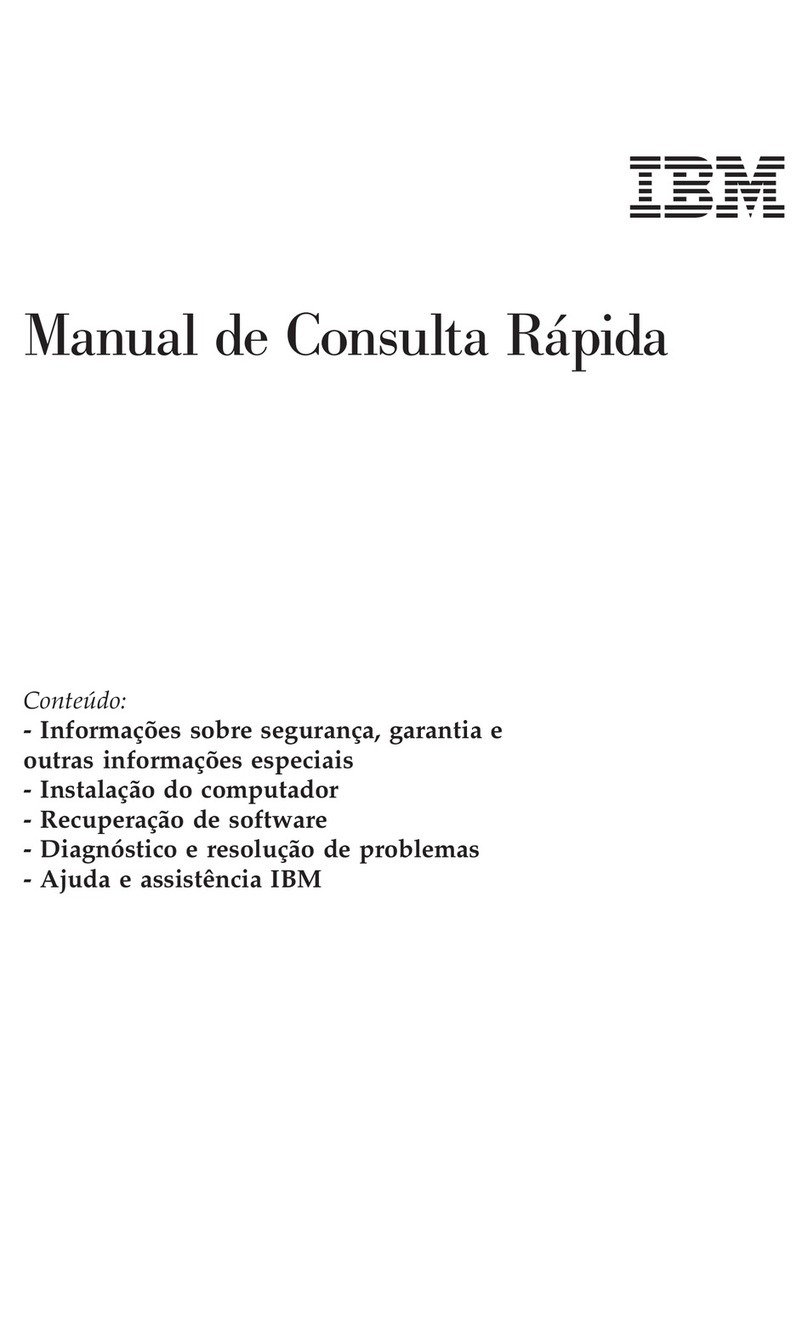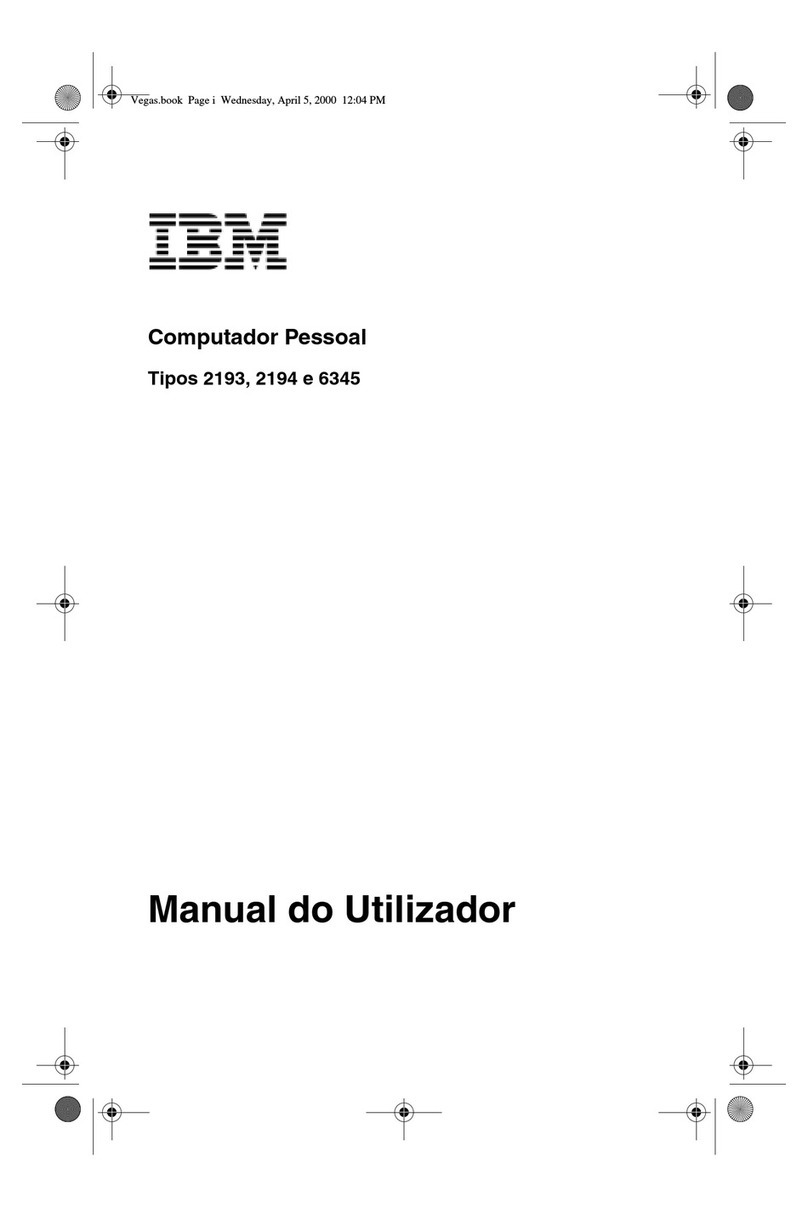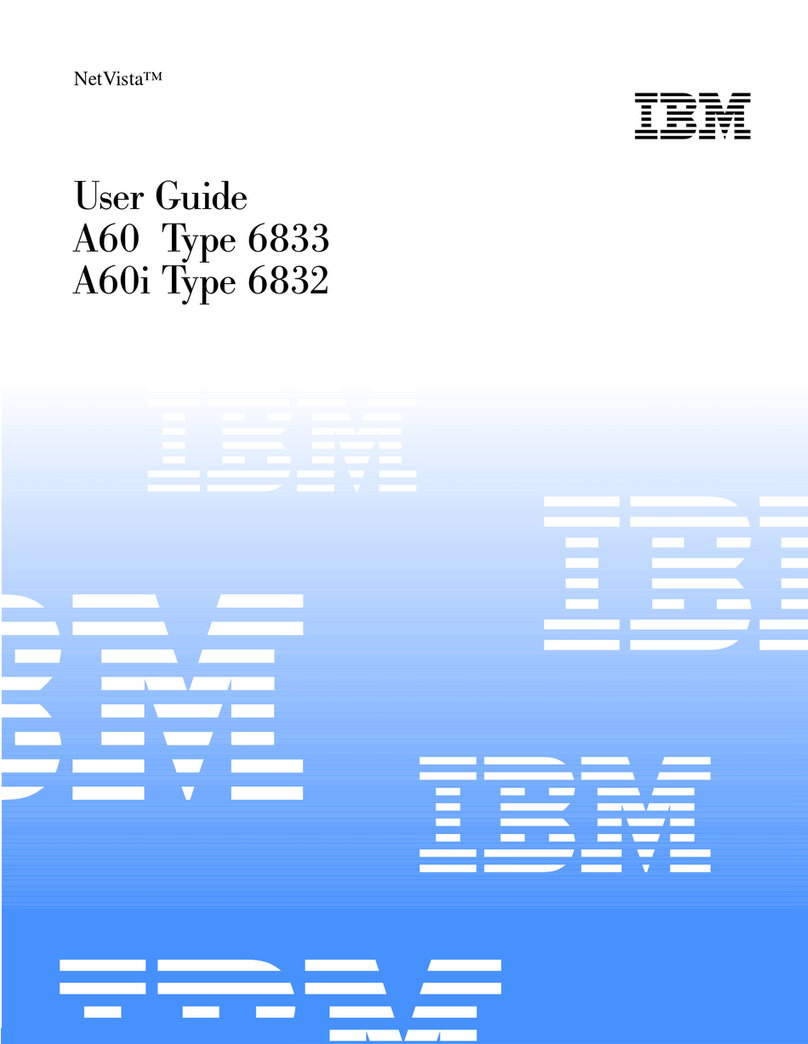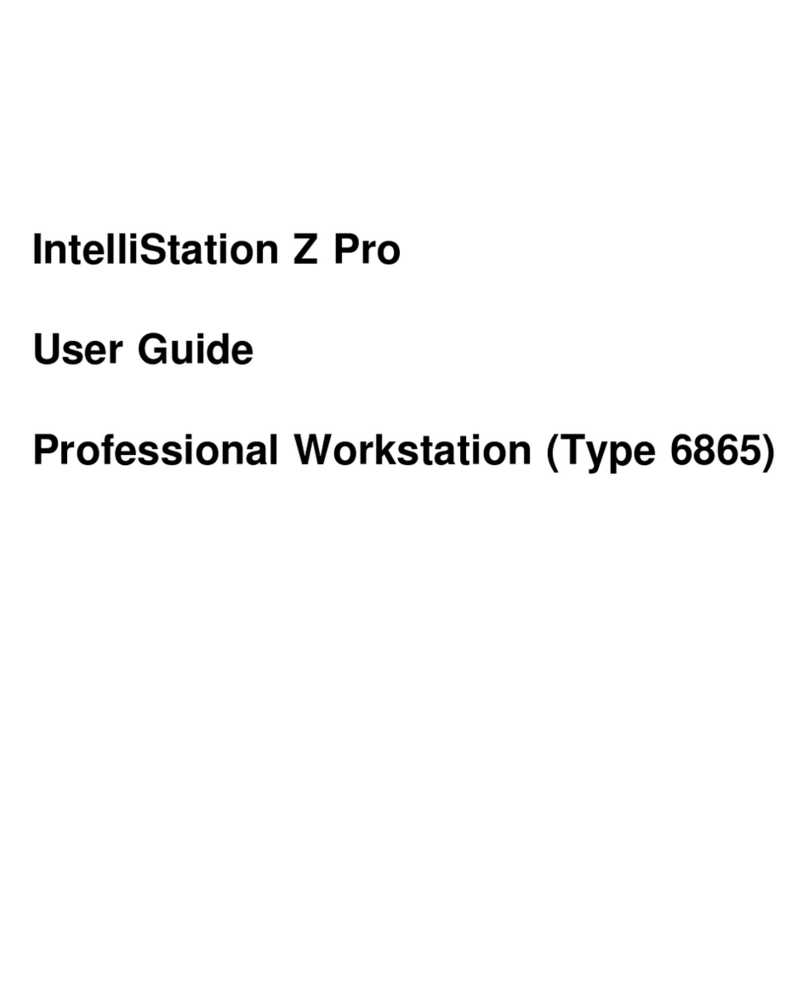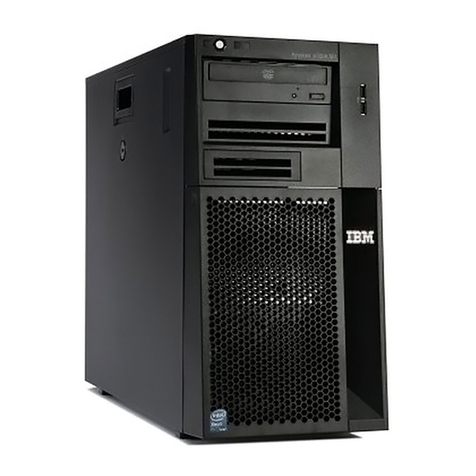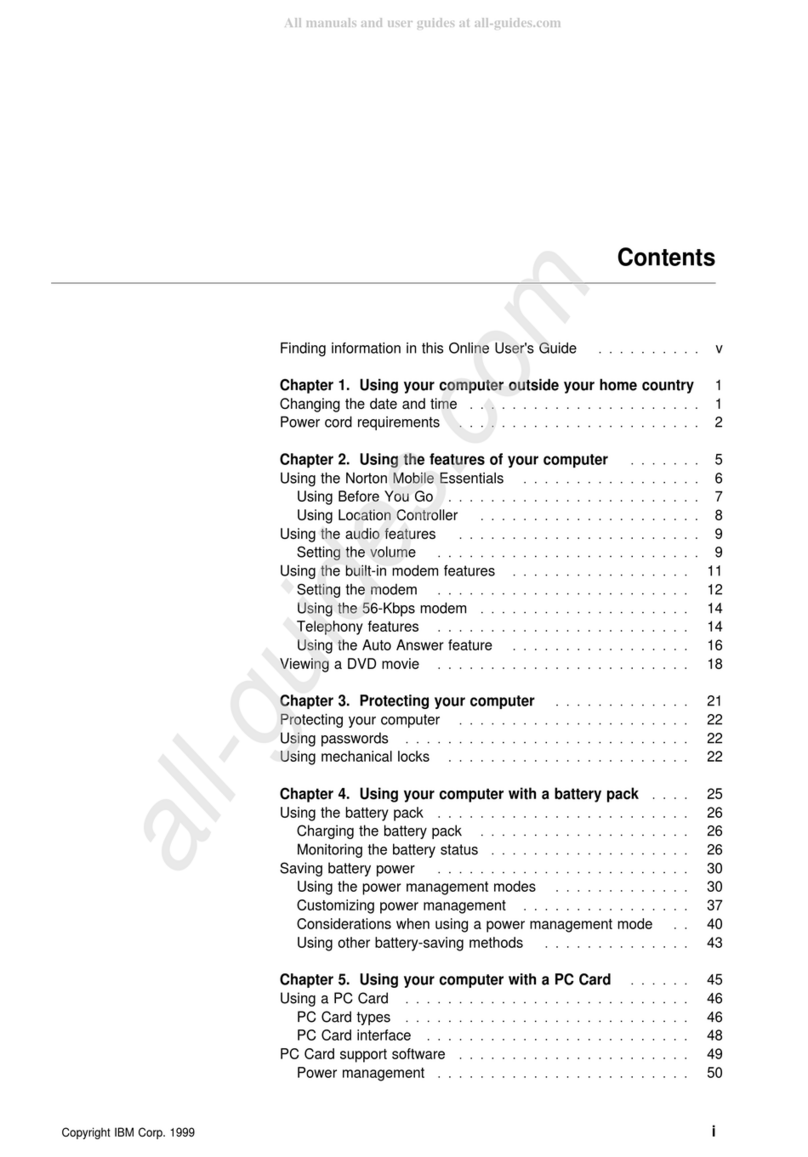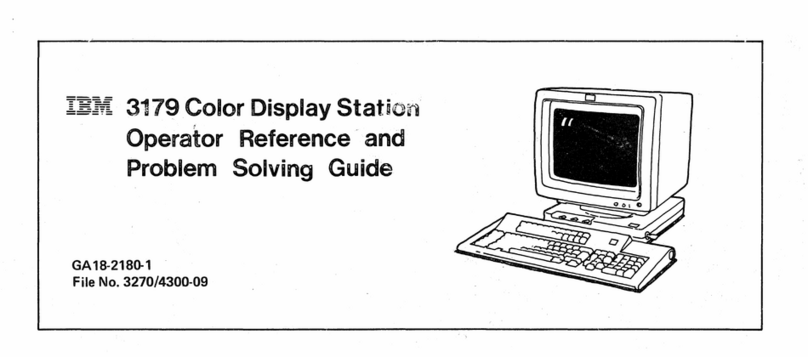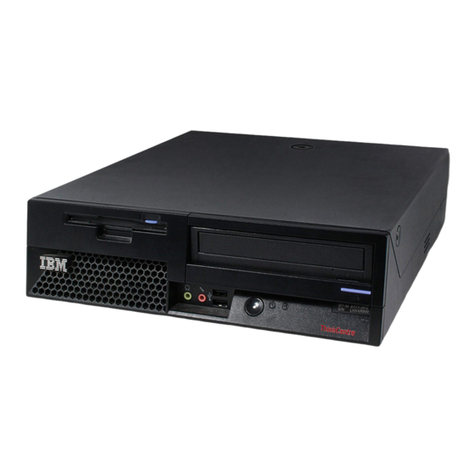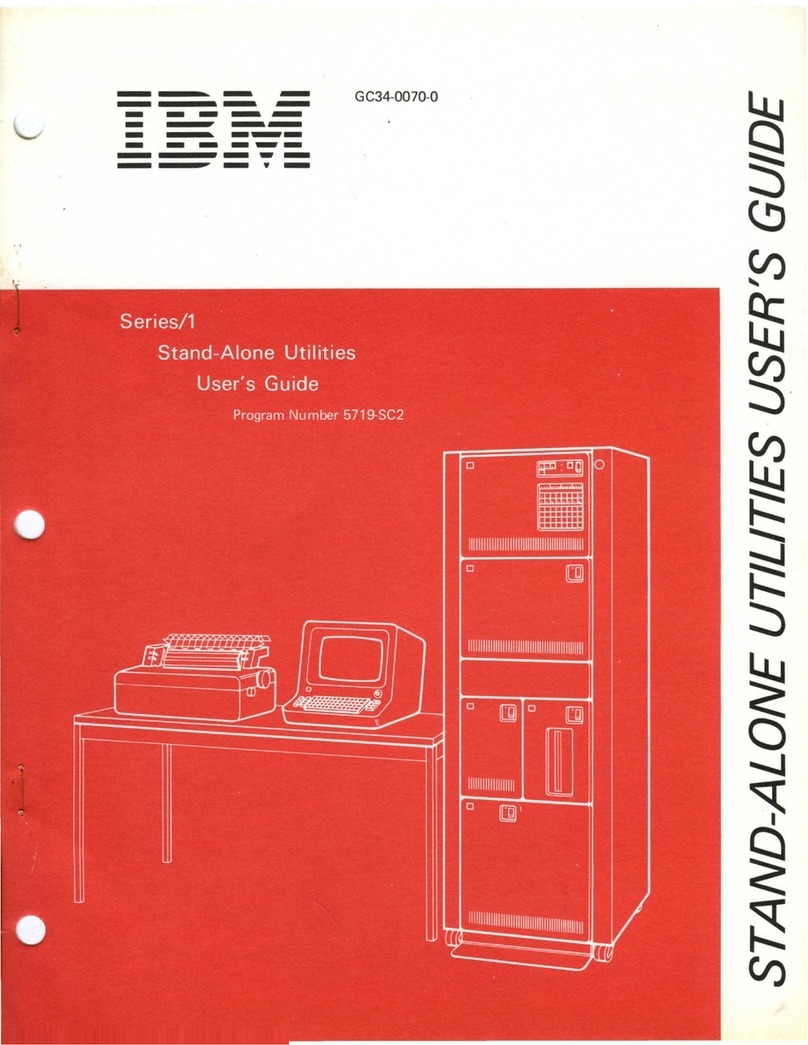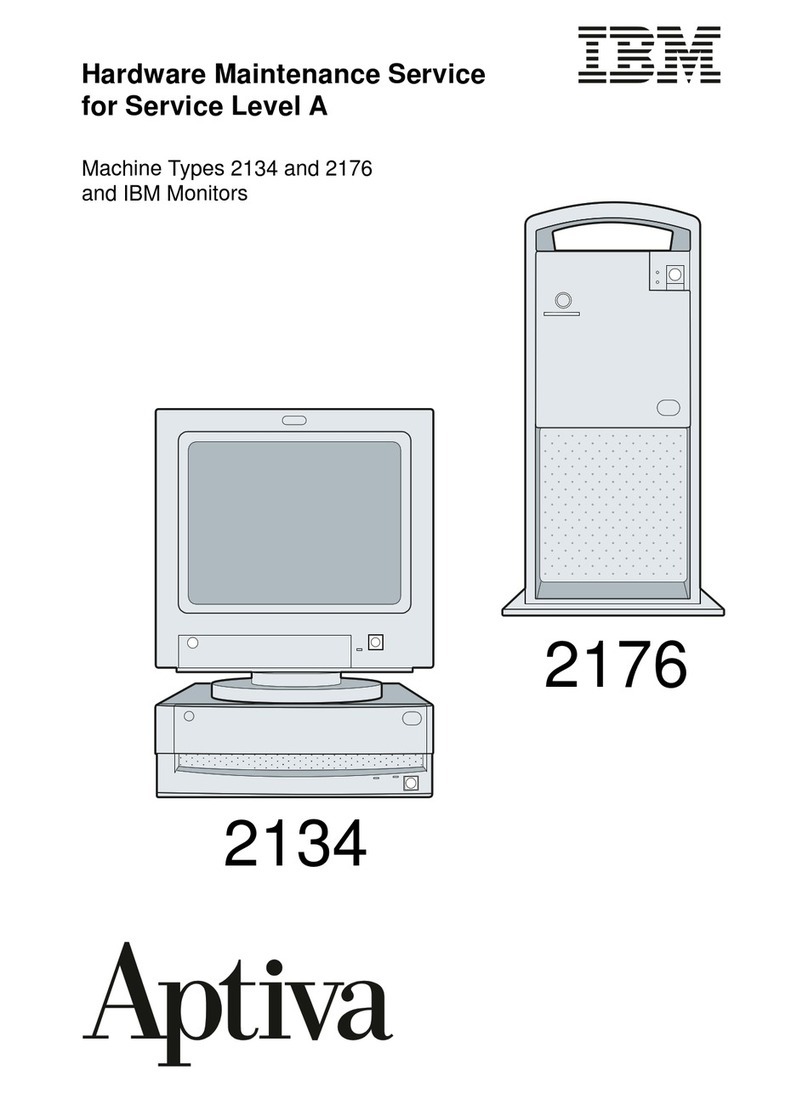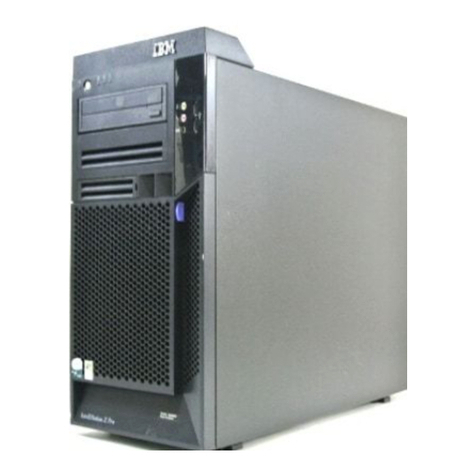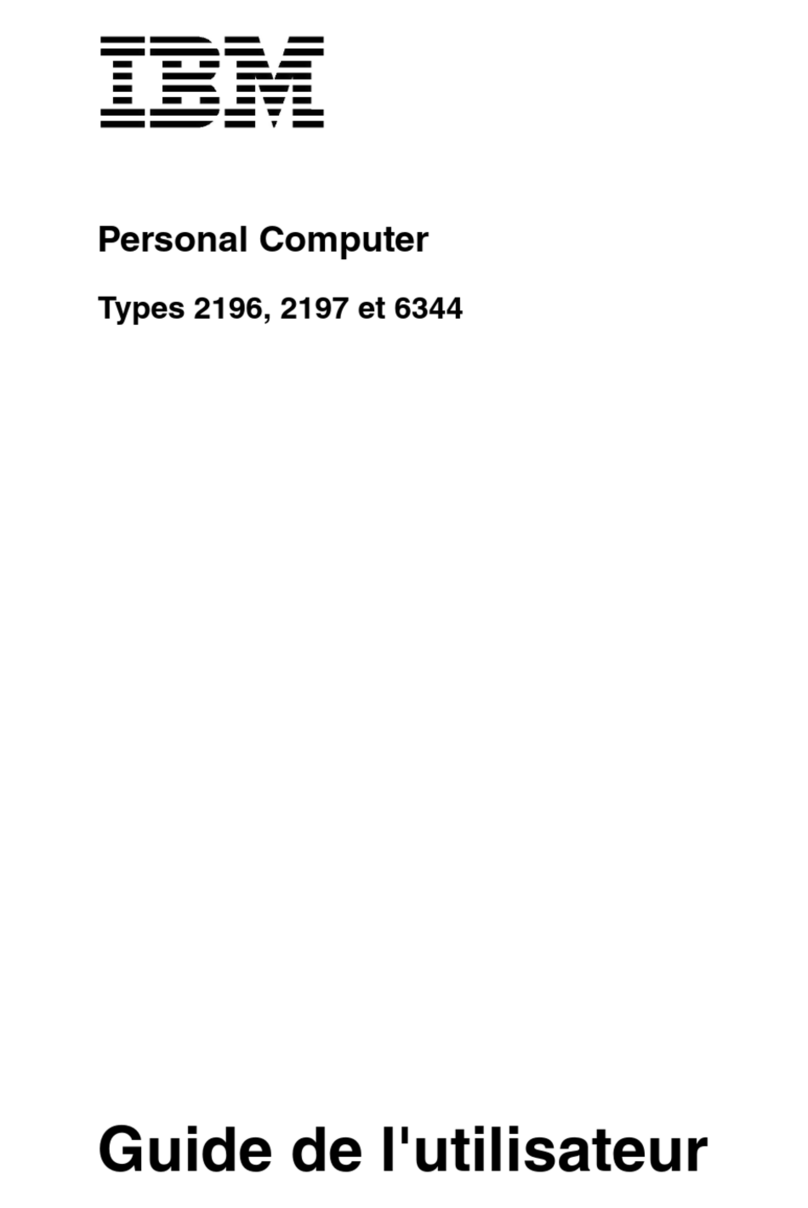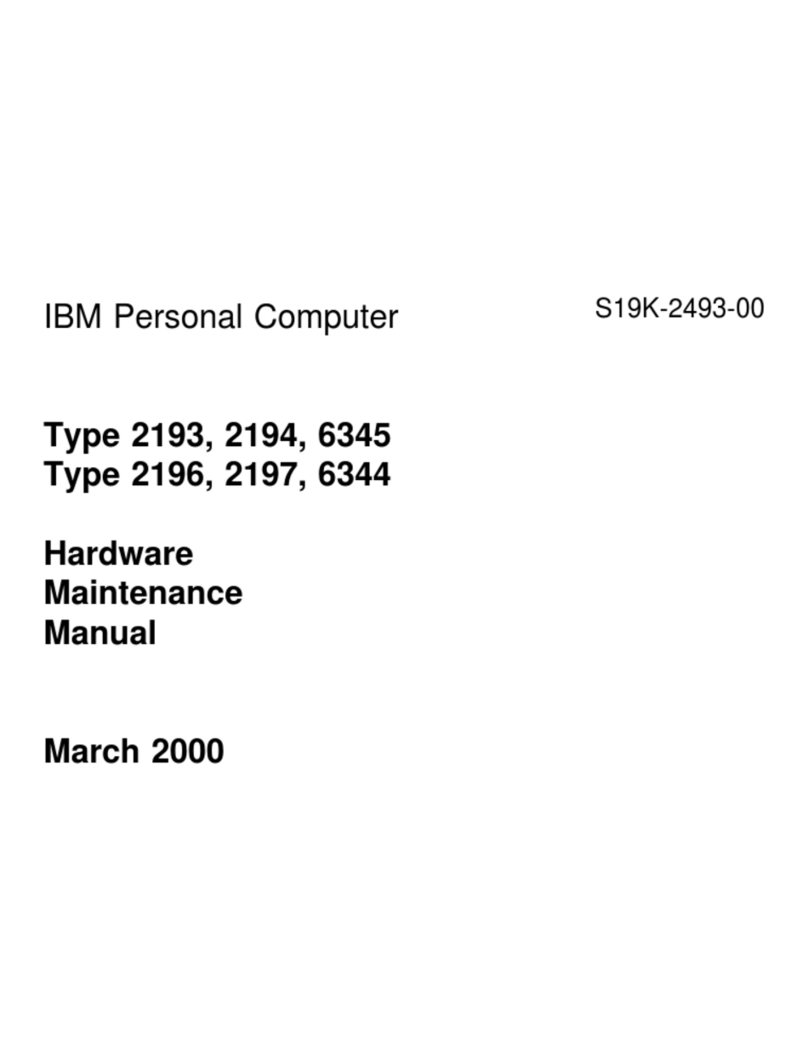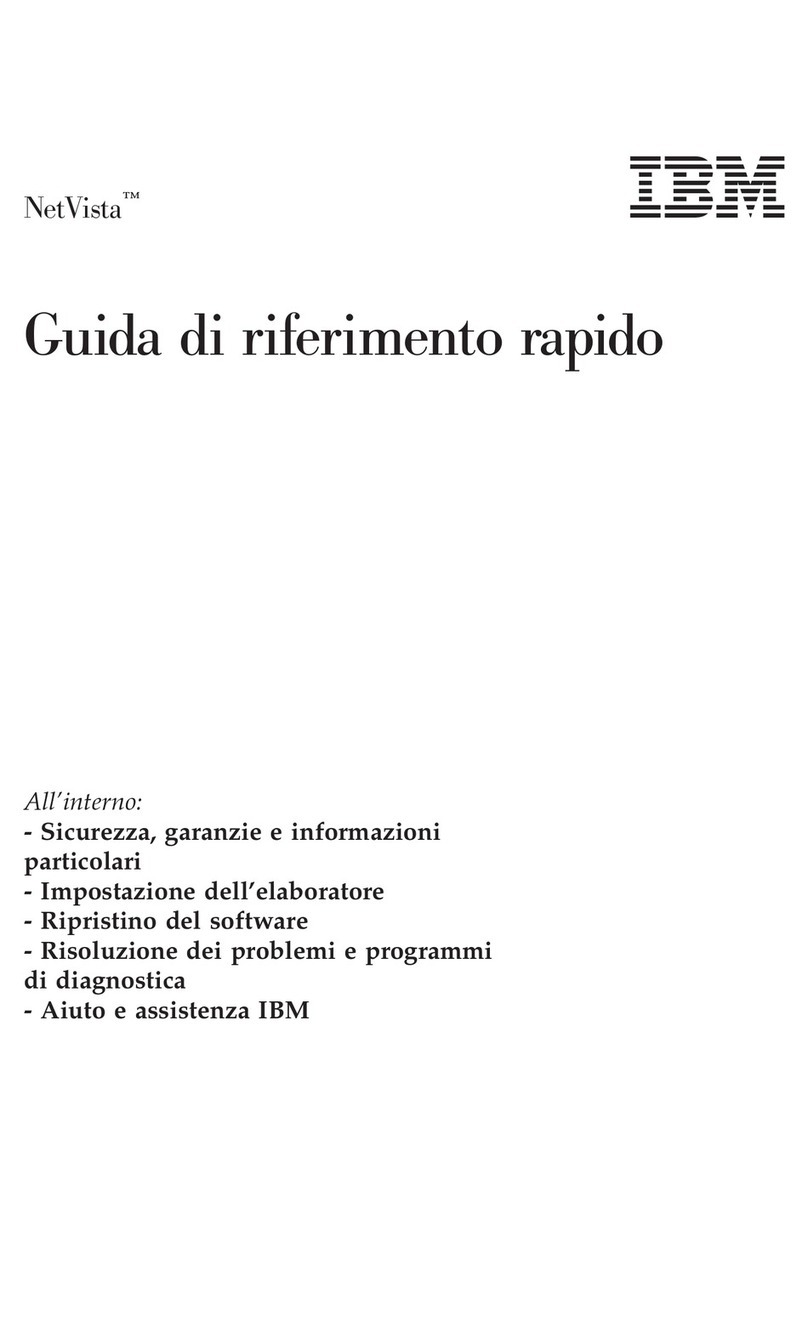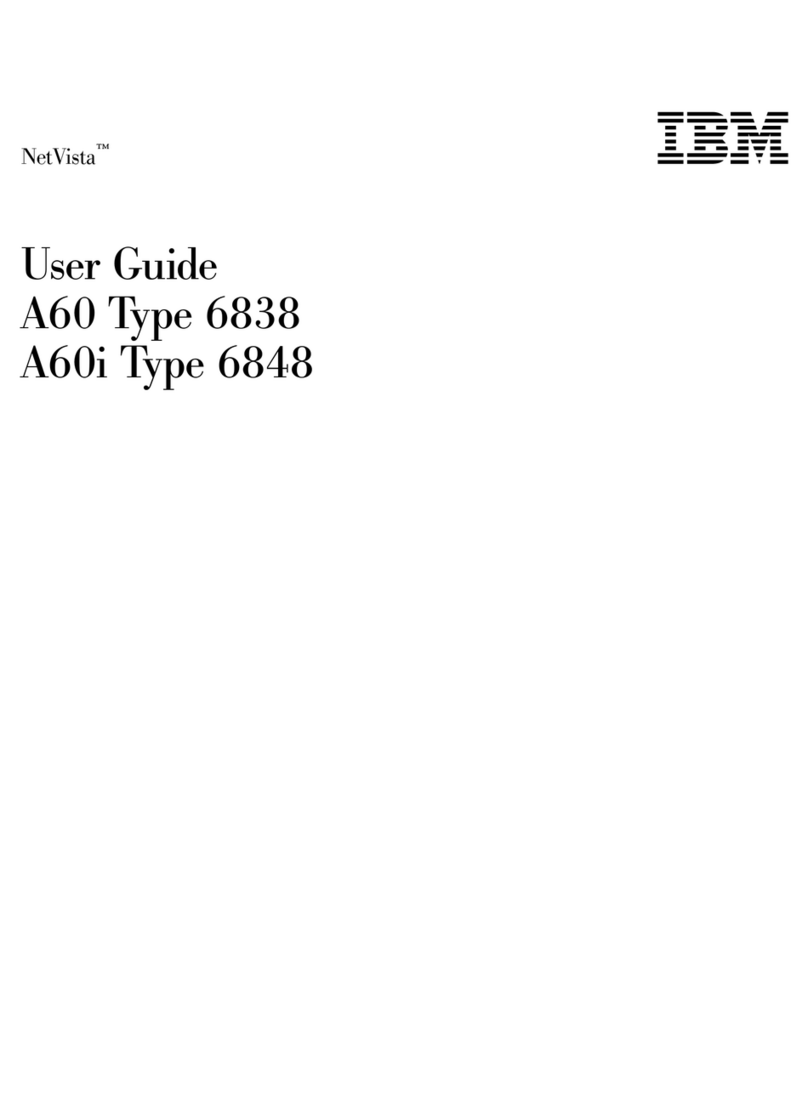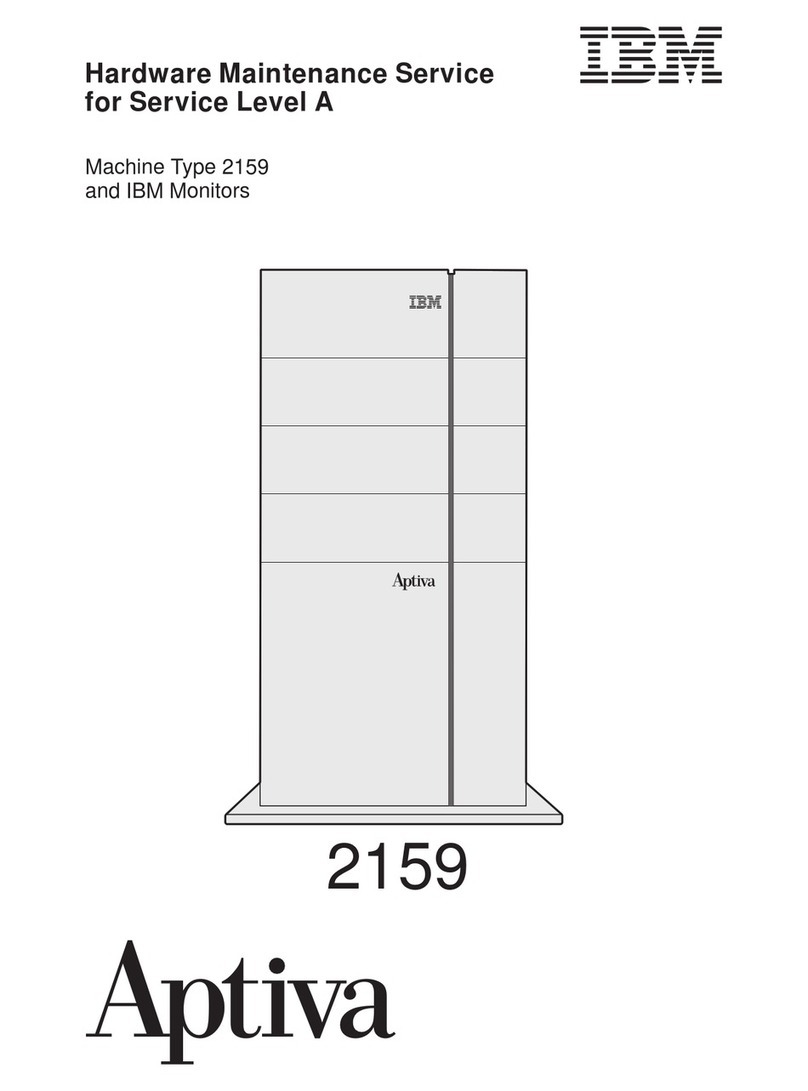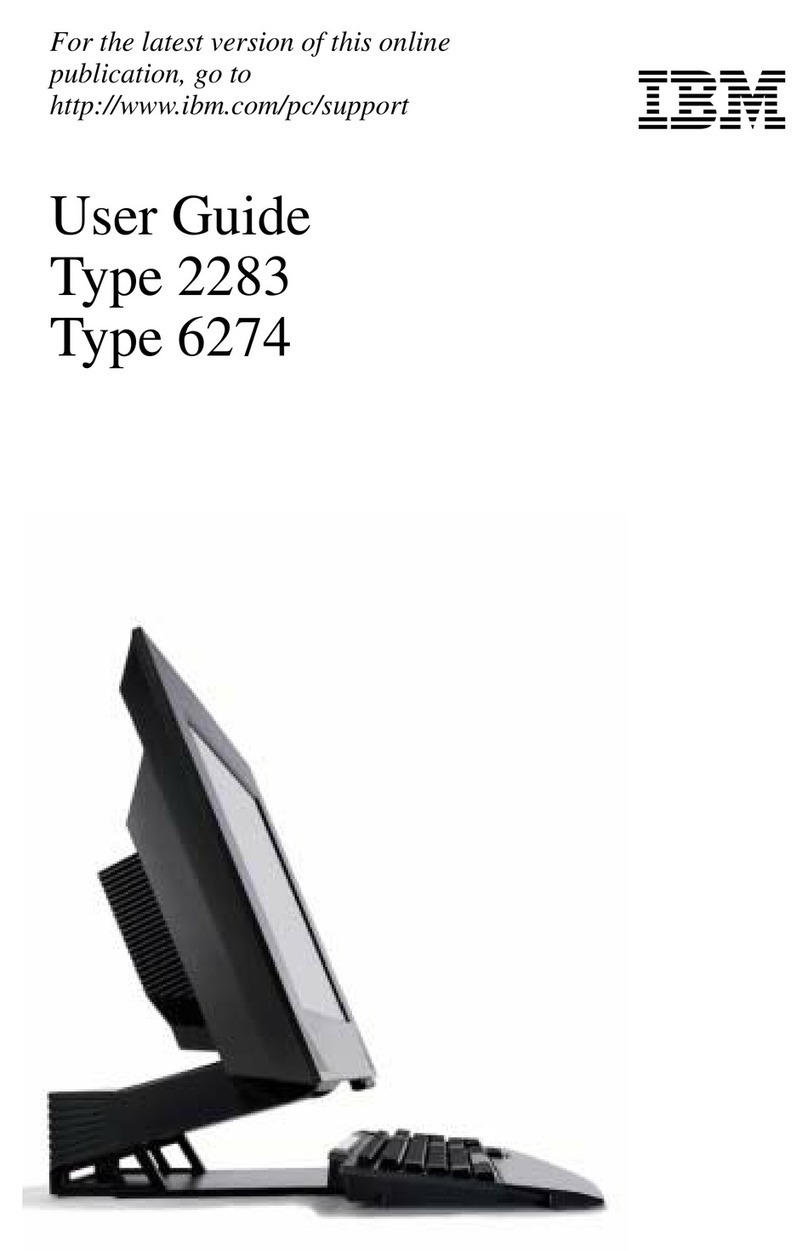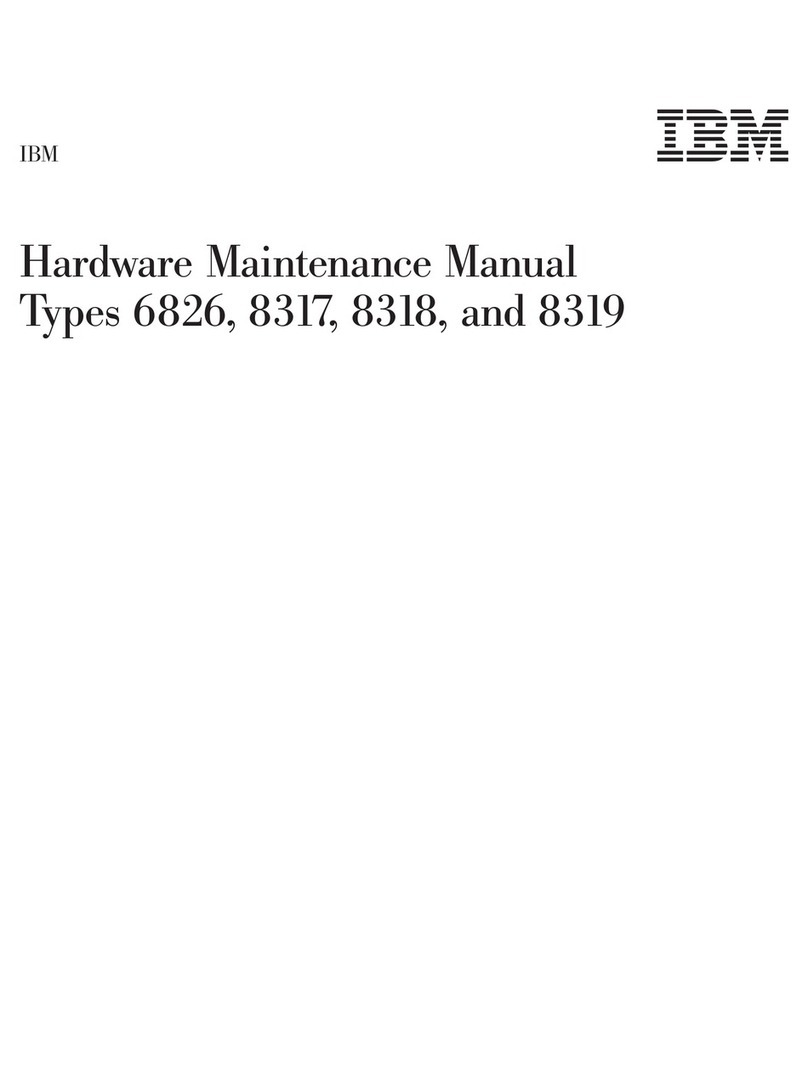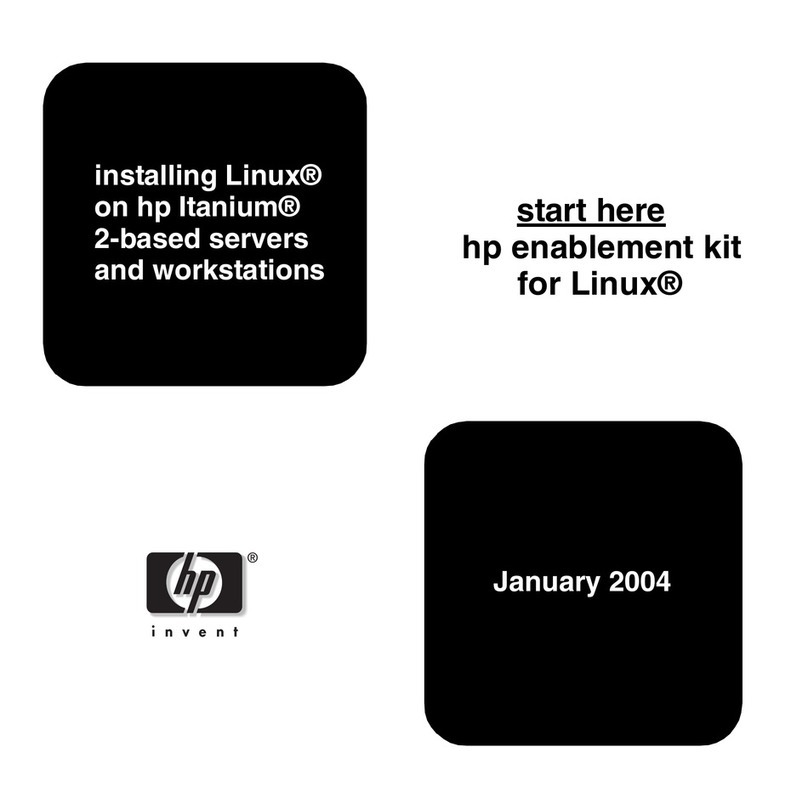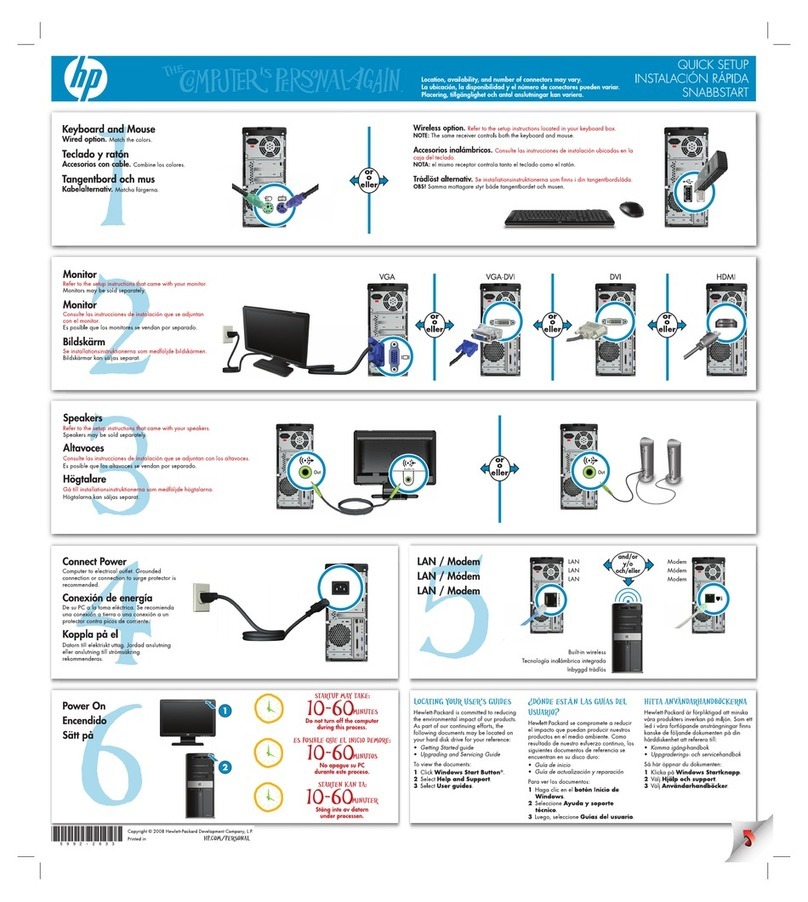
Figures
1. System Memory Configuration ....................................... 4
2. Serial Port Assignments .......................................... 8
3. Parallel Port Assignments ......................................... 9
4. Riser Card Characteristics ......................................... 11
5. CMOS Clear/Password Jumper ..................................... 12
6. FLASH Recovery Jumper ........................................ 12
7. Size (PC 300GL Model 6561) ....................................... 16
8. Weight (PC 300GL Model 6561) ..................................... 16
9. Cables (PC 300GL Model 6561) ..................................... 16
10. Air Temperature (PC 300GL Model 6561) ................................ 16
11. Humidity (PC 300GL Model 6561) .................................... 16
12. Heat Output (PC 300GL Model 6561) .................................. 16
13. Electrical (PC 300GL Model 6561) .................................... 16
14. Size (PC 300GL Model 6591) ....................................... 17
15. Weight (PC 300GL Model 6591) ..................................... 17
16. Cables (PC 300GL Model 6591) ..................................... 17
17. Air Temperature (PC 300GL Model 6591) ................................ 17
18. Humidity (PC 300GL Model 6591) .................................... 17
19. Heat Output (PC 300GL Model 6591) .................................. 17
20. Electrical (PC 300GL Model 6591) .................................... 17
21. Power Input Requirements ......................................... 18
22. Power Output (145 Watt) .......................................... 18
23. Power Output (200 Watt) .......................................... 19
24. System Board . . . . . . . . . . . . . . . . . . . . . . . . . . . . . . . . . . . . . . . . . . . . . . . . 20
25. Keyboard Port . . . . . . . . . . . . . . . . . . . . . . . . . . . . . . . . . . . . . . . . . . . . . . . . 20
26. Auxiliary Device Port ............................................ 20
27. ISA-Bus Adapters (Per Slot) ........................................ 20
28. PCI-Bus Adapters (Per Slot) ........................................ 20
29. Internal DASD . . . . . . . . . . . . . . . . . . . . . . . . . . . . . . . . . . . . . . . . . . . . . . . . 21
30. 5.25-Inch Diskette Drive Reading, Writing, and Formatting Capabilities ............... 26
31. 3.5-Inch Diskette Drive Reading, Writing, and Formatting Capabilities ................ 26
32. System Memory Connector Pin Assignments .............................. 29
33. IDE Connector Pin Assignments ...................................... 31
34. USB Connector Pin Assignments ..................................... 32
35. Monitor Connector Pin Assignments ................................... 32
36. Diskette Drive Connector Pin Assignments ................................ 32
37. Serial Port Connectors Pin Assignments ................................. 33
38. Parallel Port Connector Pin Assignments ................................. 33
39. Keyboard and Mouse Connectors Pin Assignments .......................... 35
40. ISA Connector Pin Assignments ...................................... 36
41. PCI Connector Pin Assignments ...................................... 38
42. J27 Modem/Ring . . . . . . . . . . . . . . . . . . . . . . . . . . . . . . . . . . . . . . . . . . . . . . . 40
43. J28 Wake on LAN .............................................. 40
44. Pin Assignments for Power Supply Connectors ............................. 40
45. System Memory Map ............................................ 41
46. I/O Address Map ............................................... 41
47. DMA I/O Address Map ........................................... 43
48. IRQ Channel Assignments ......................................... 45
49. DMA Channel Assignments ........................................ 45
50. POST Error Codes ............................................. 46
Copyright IBM Corp. February 1998 v
